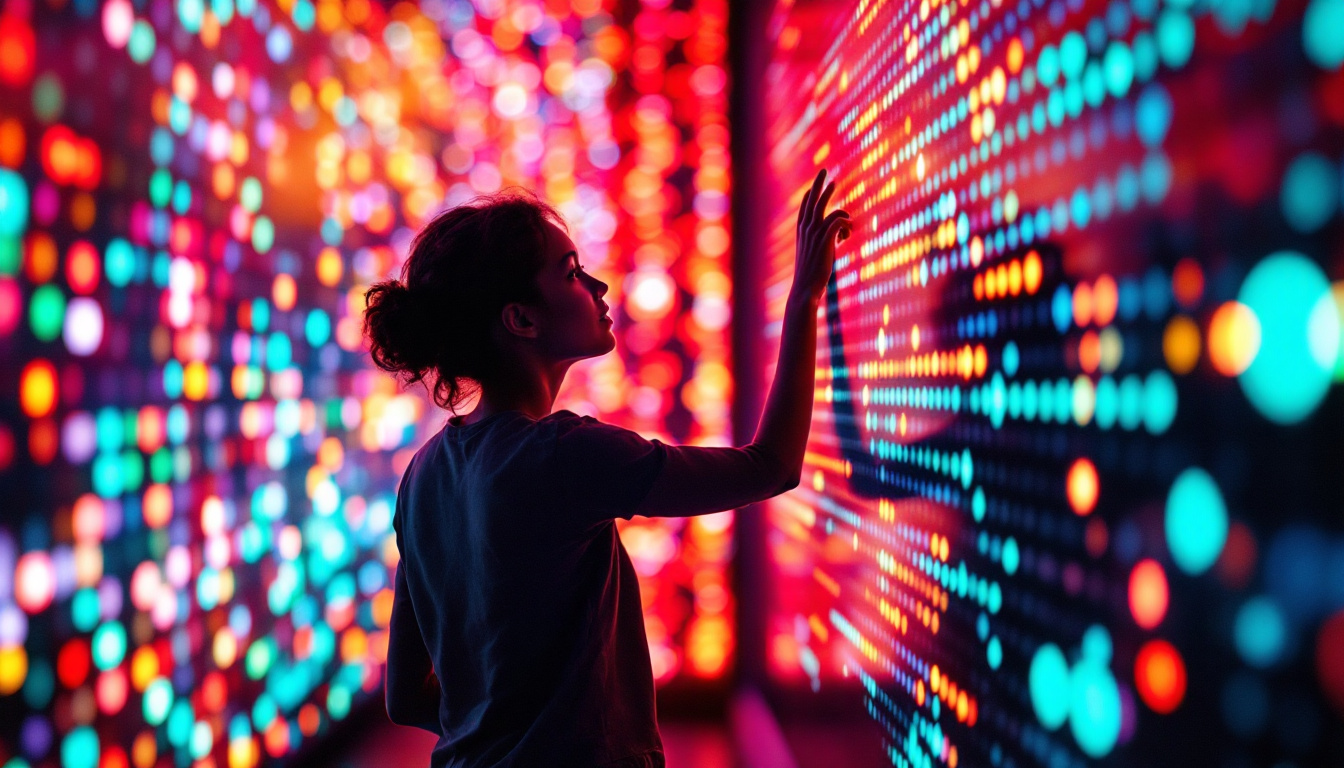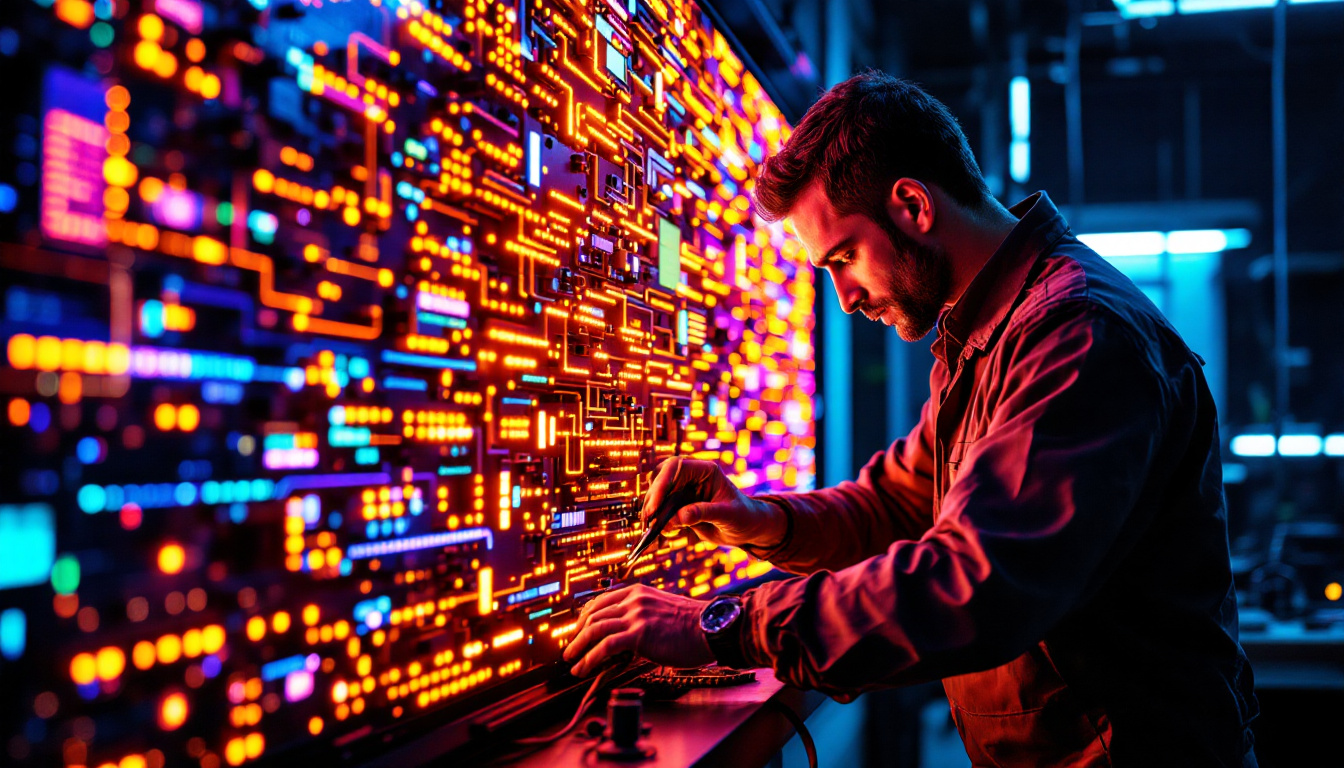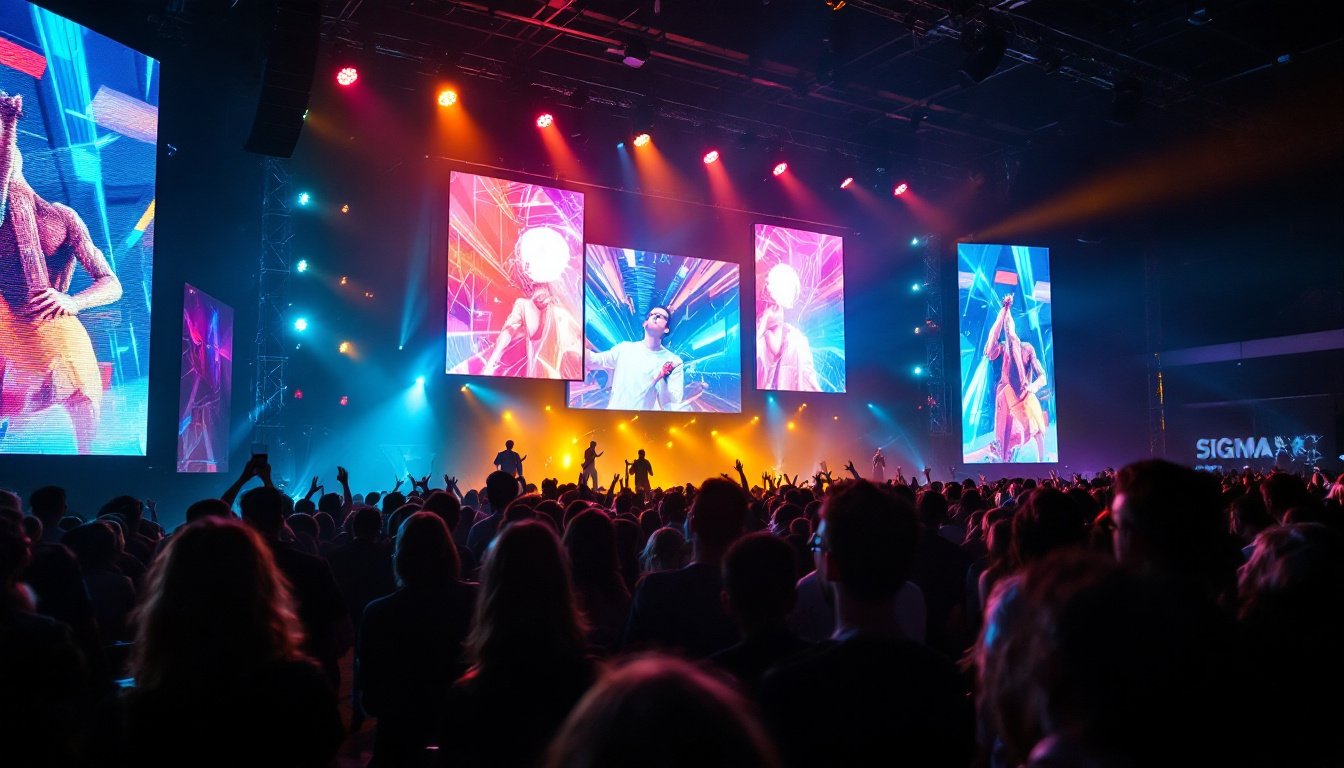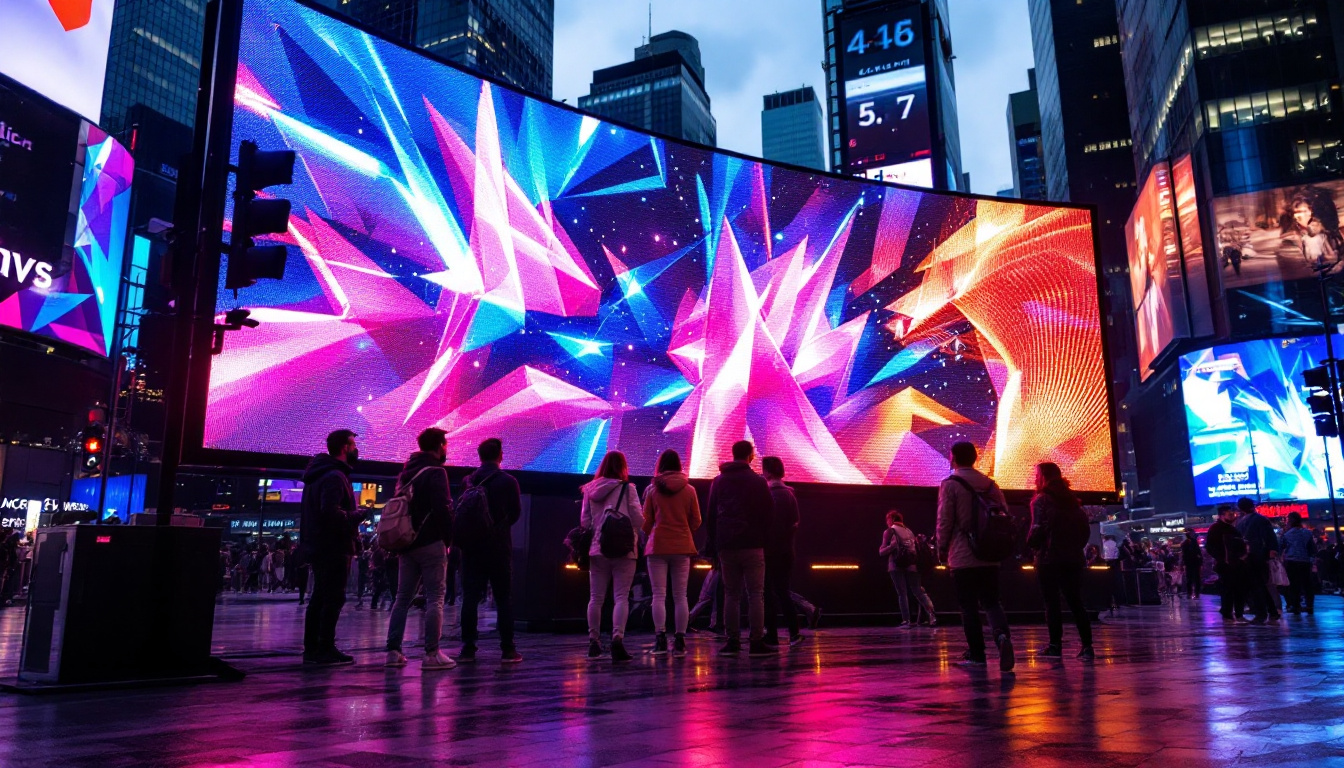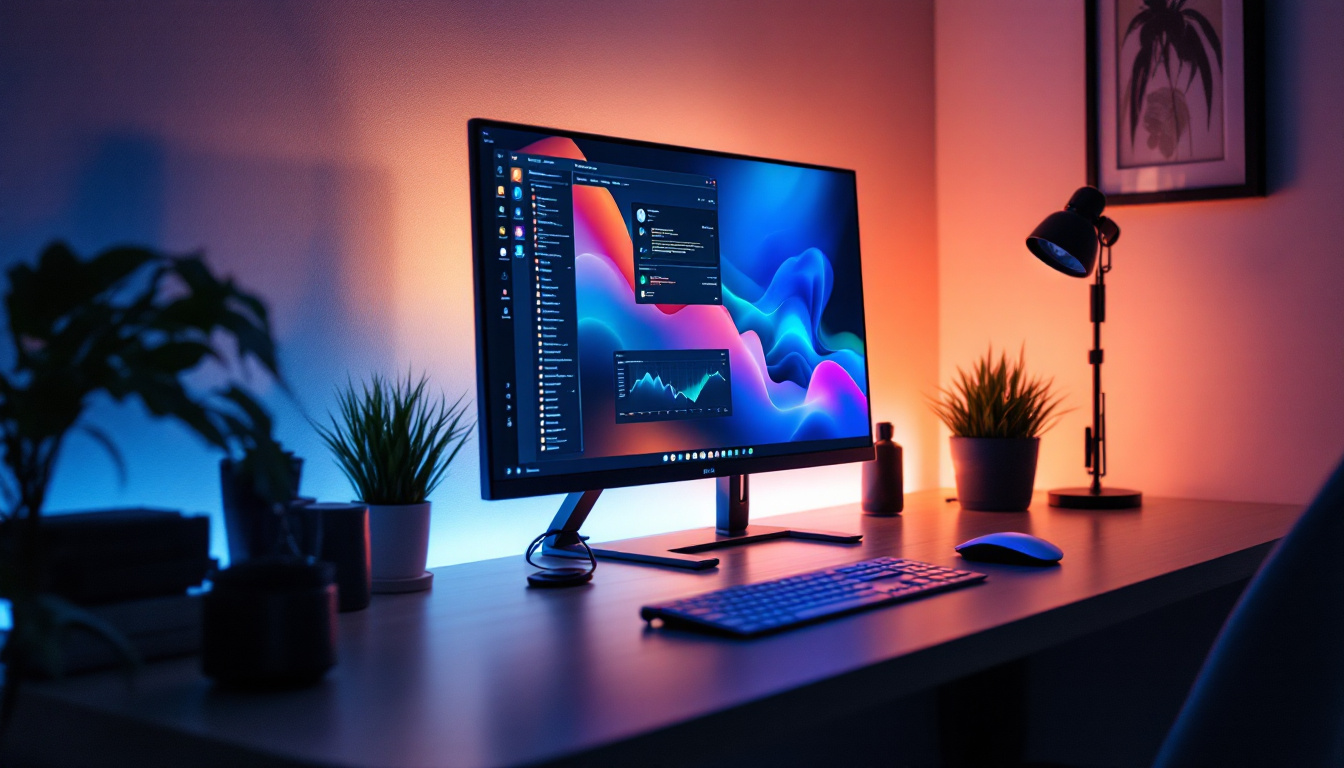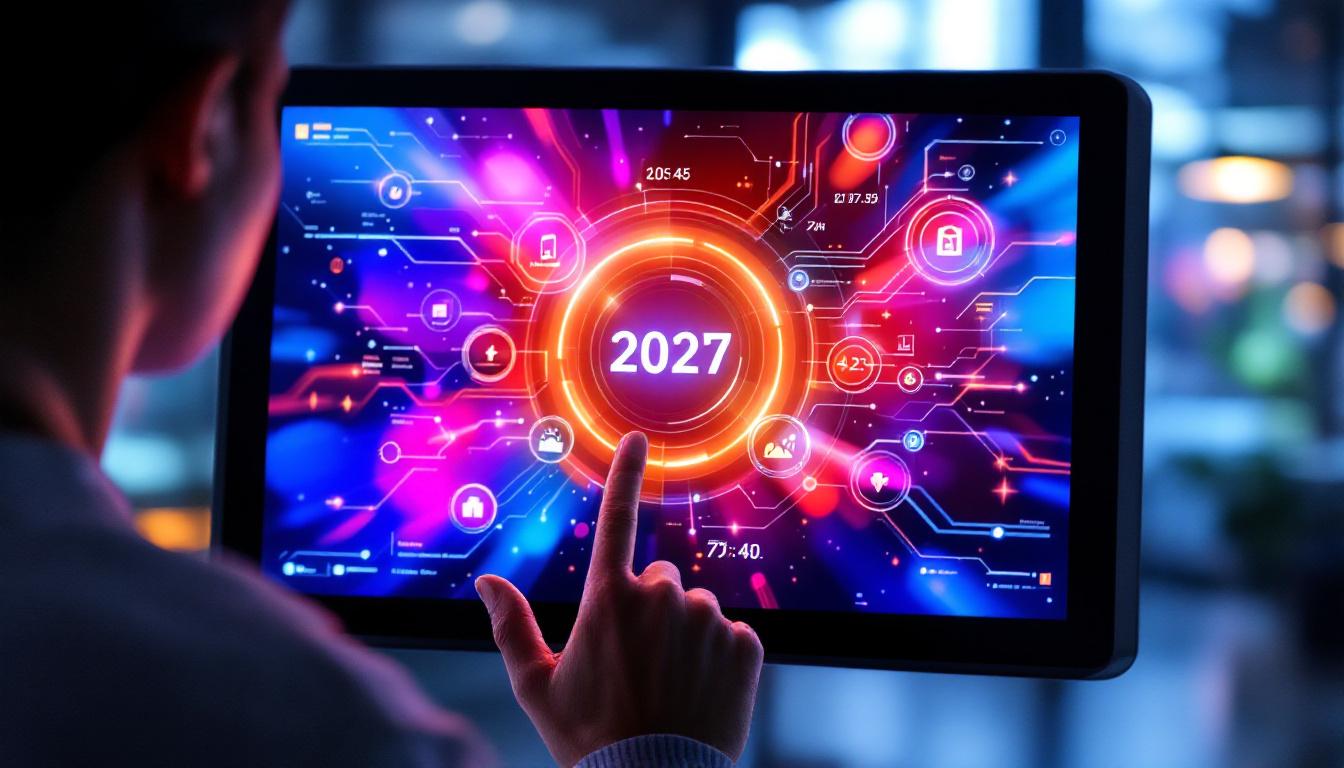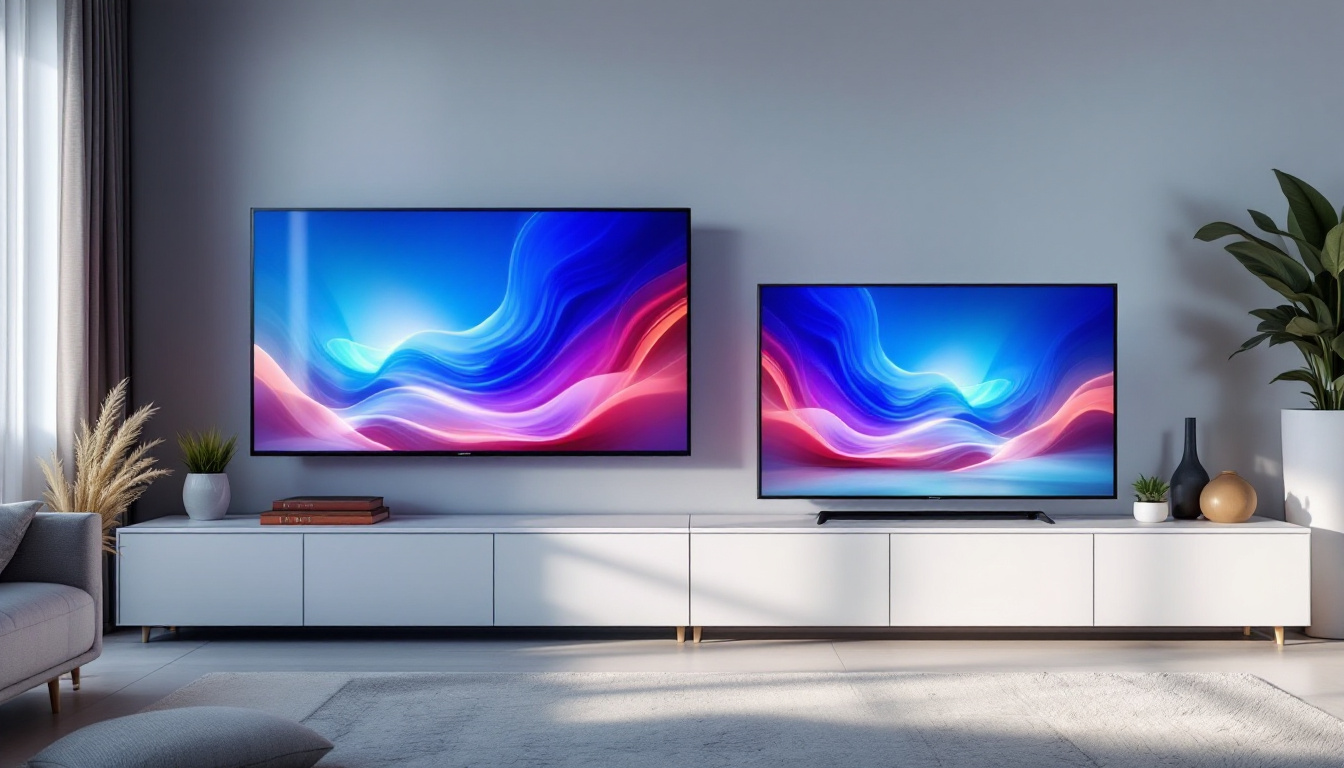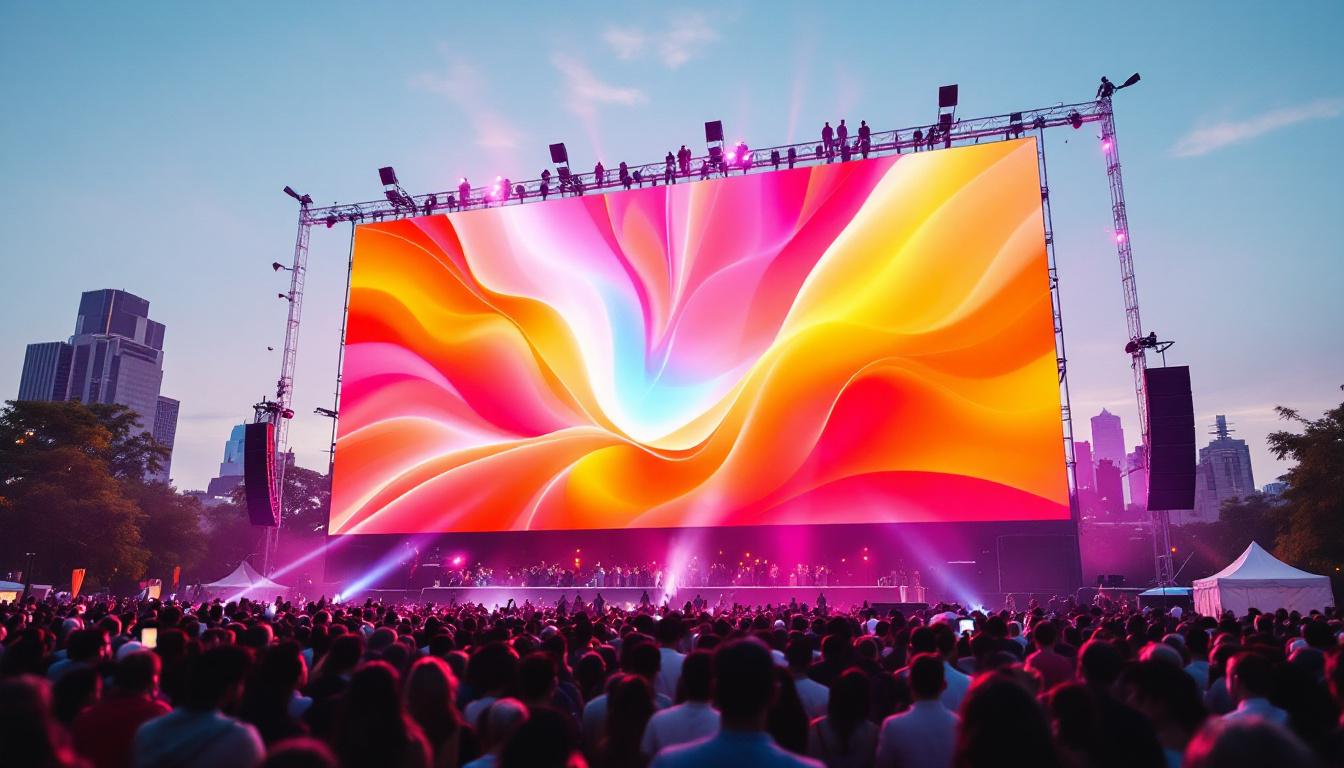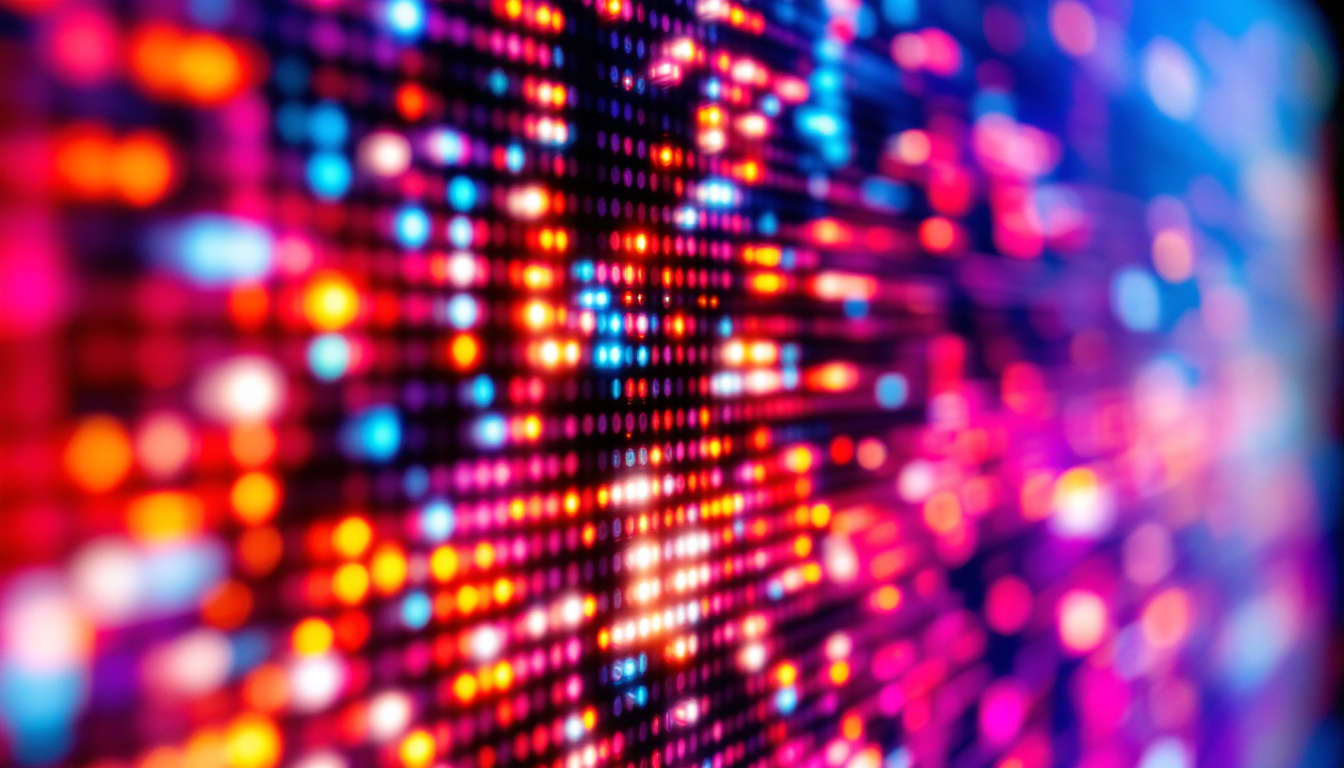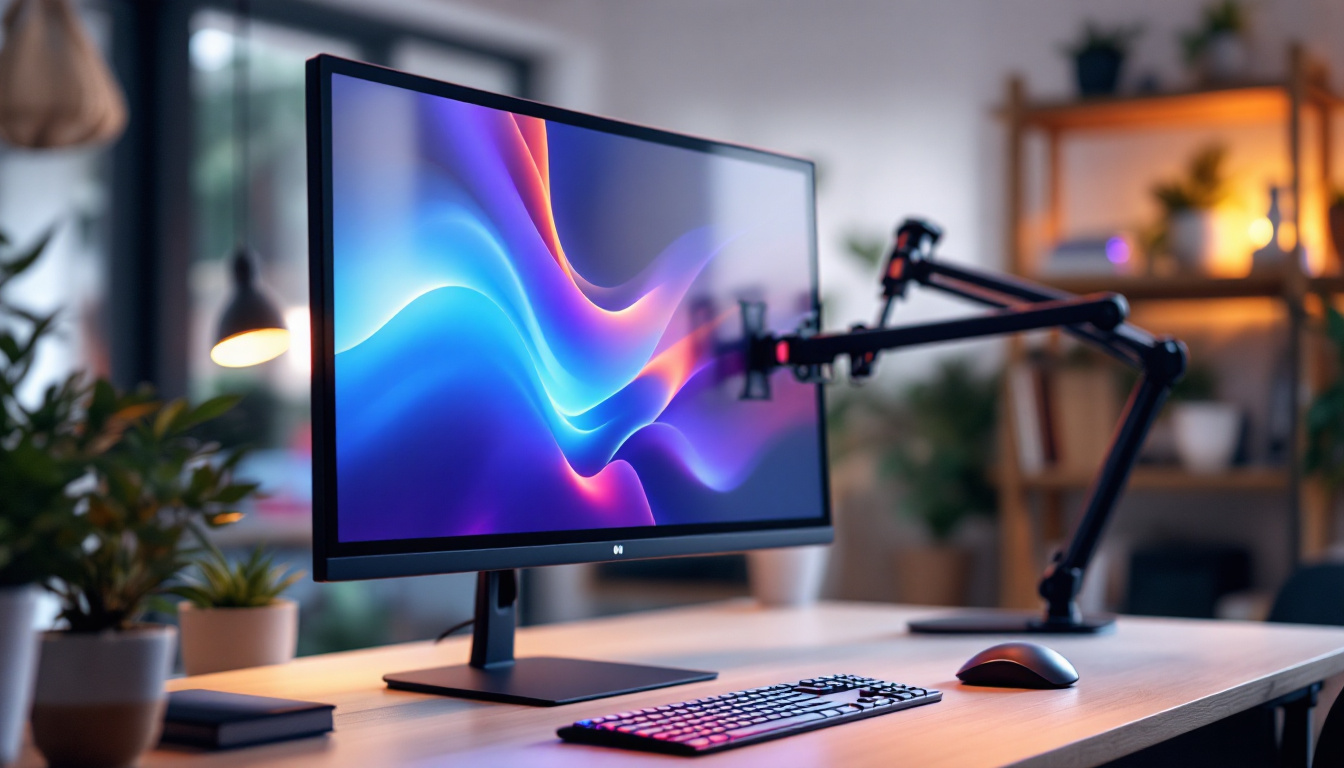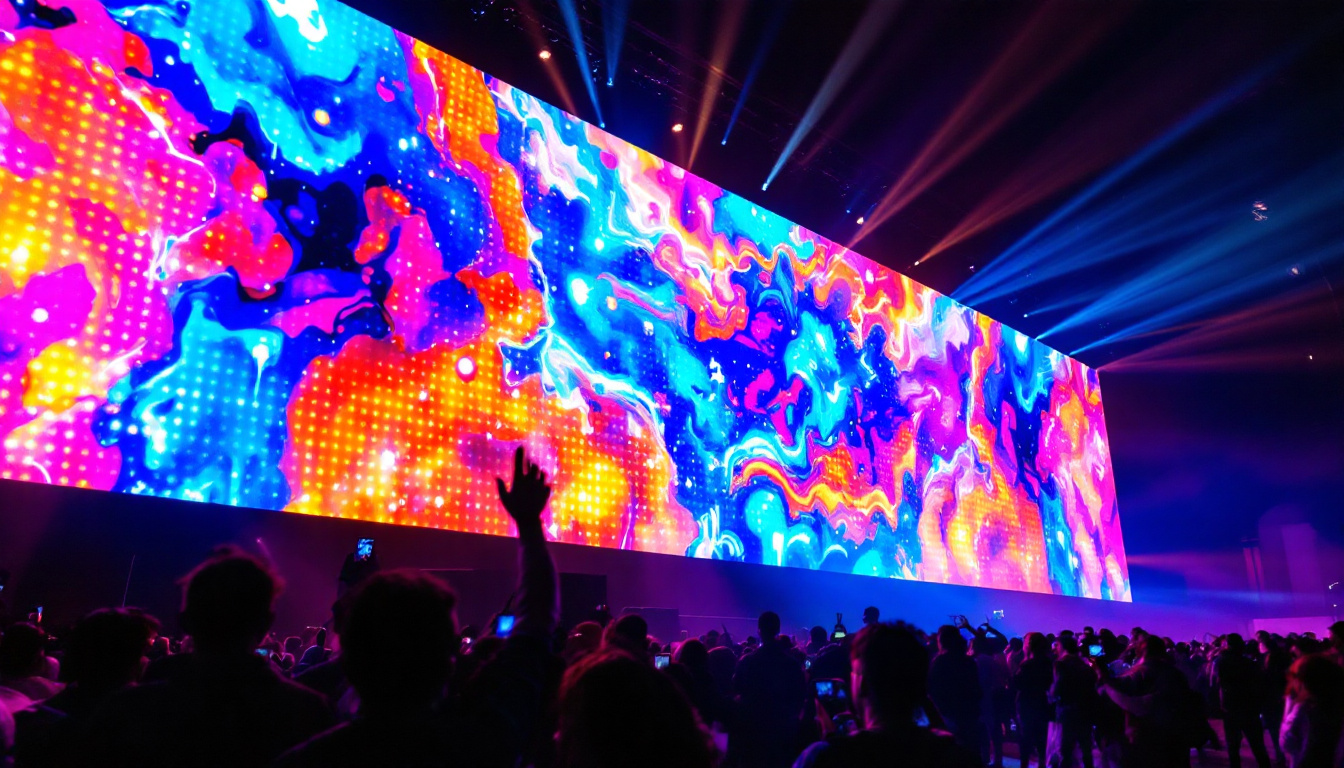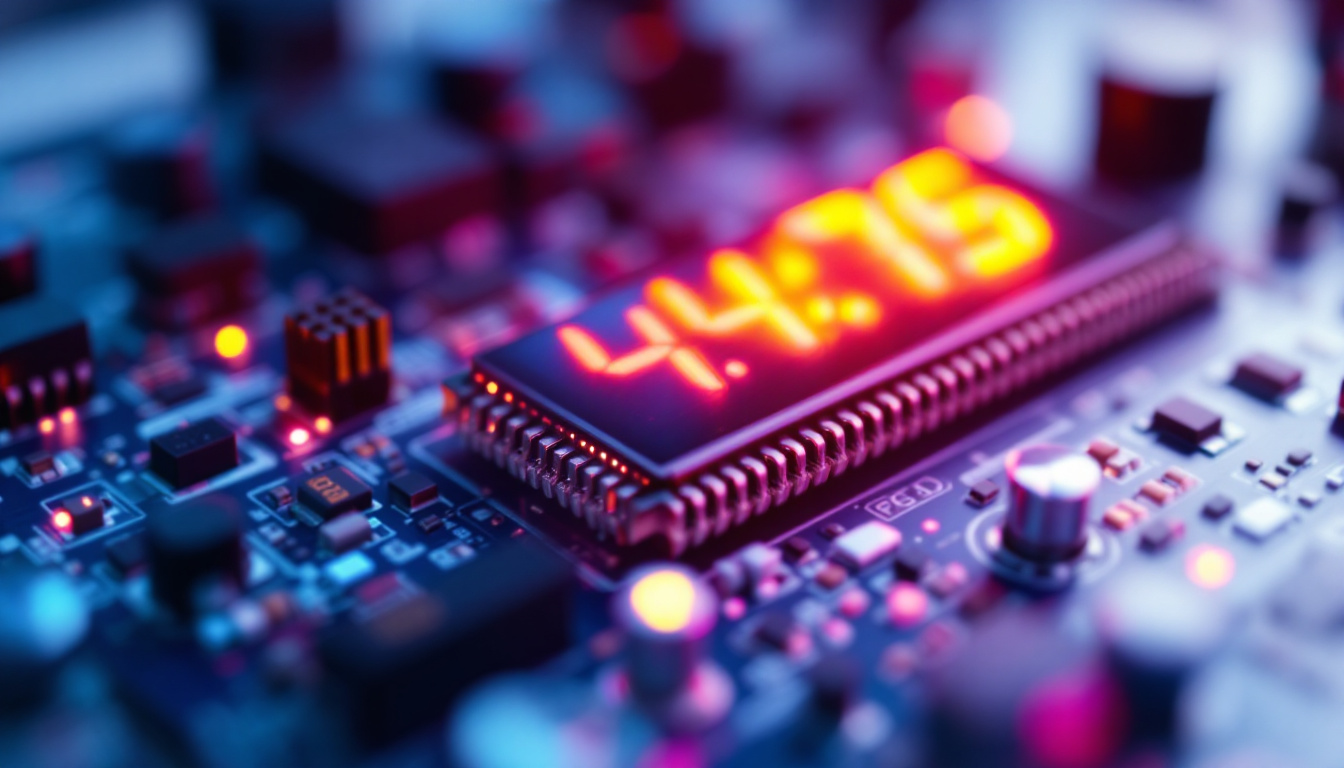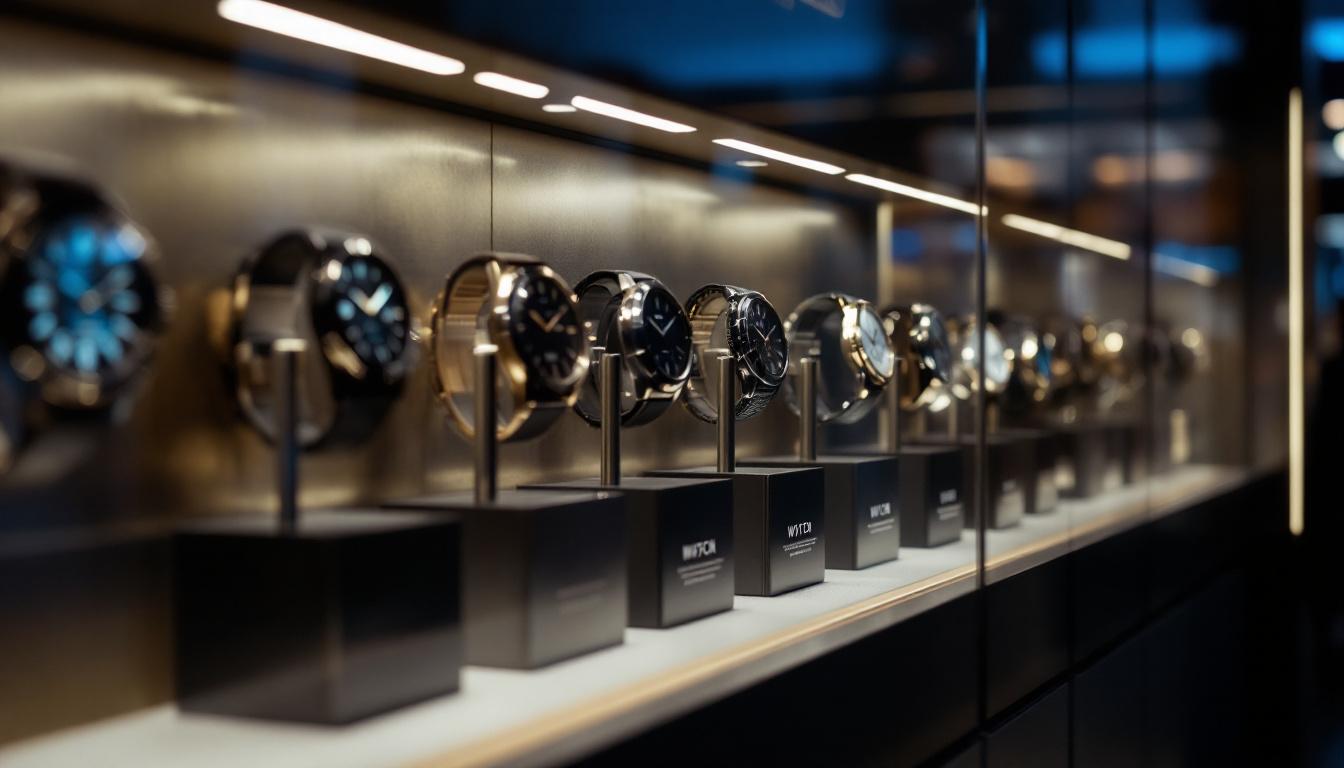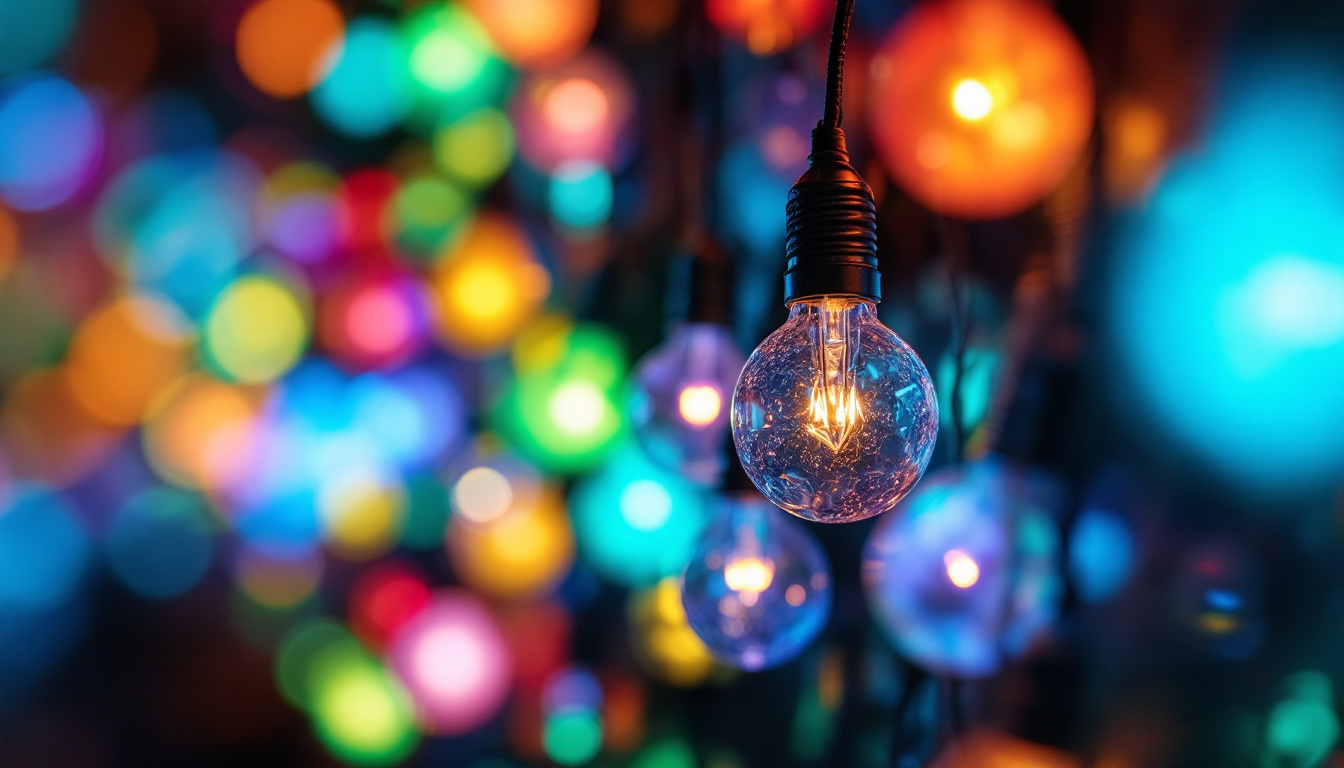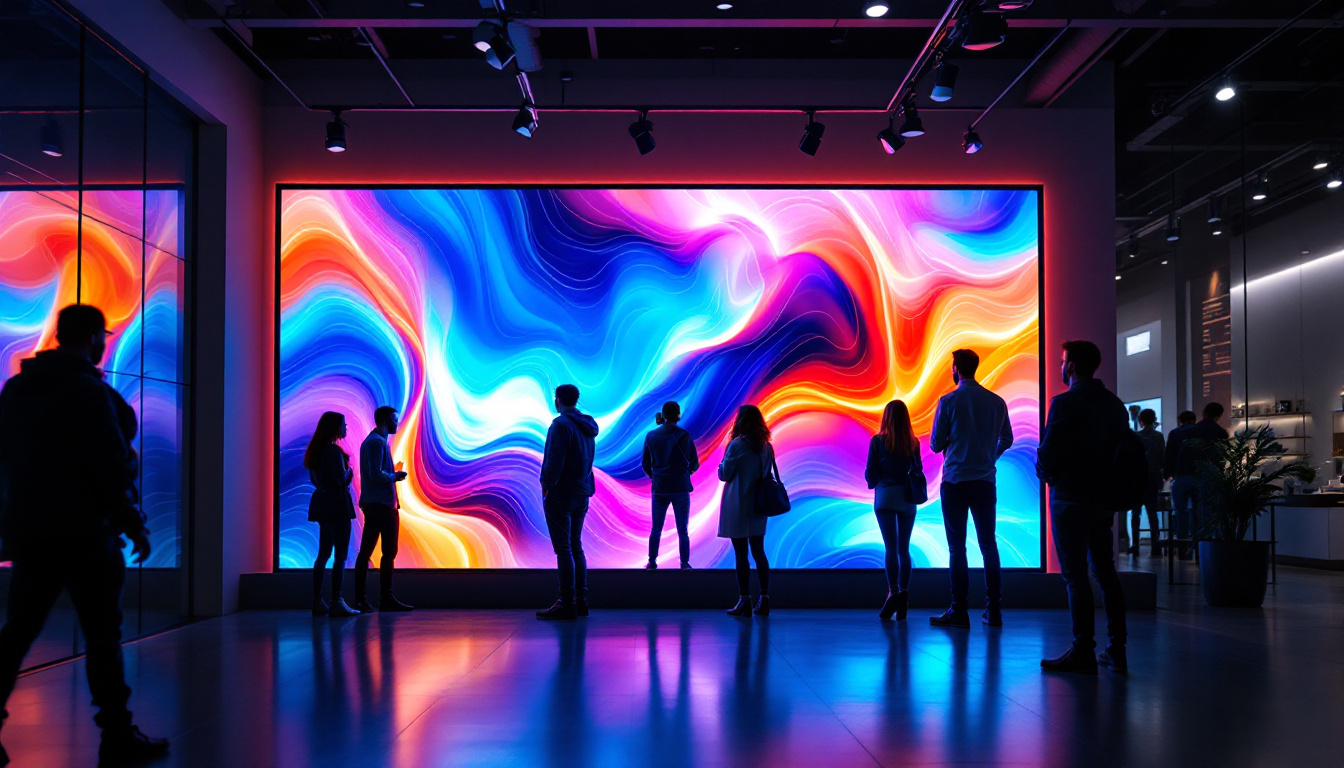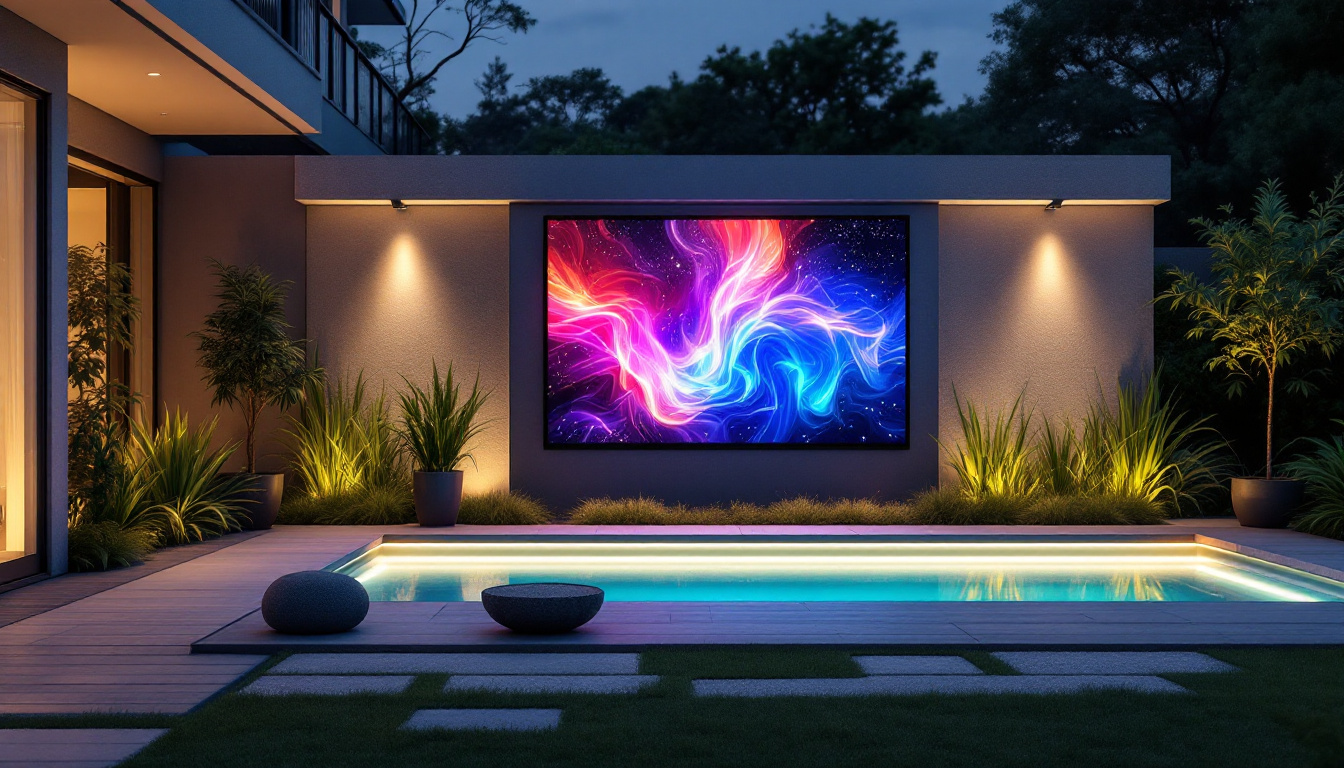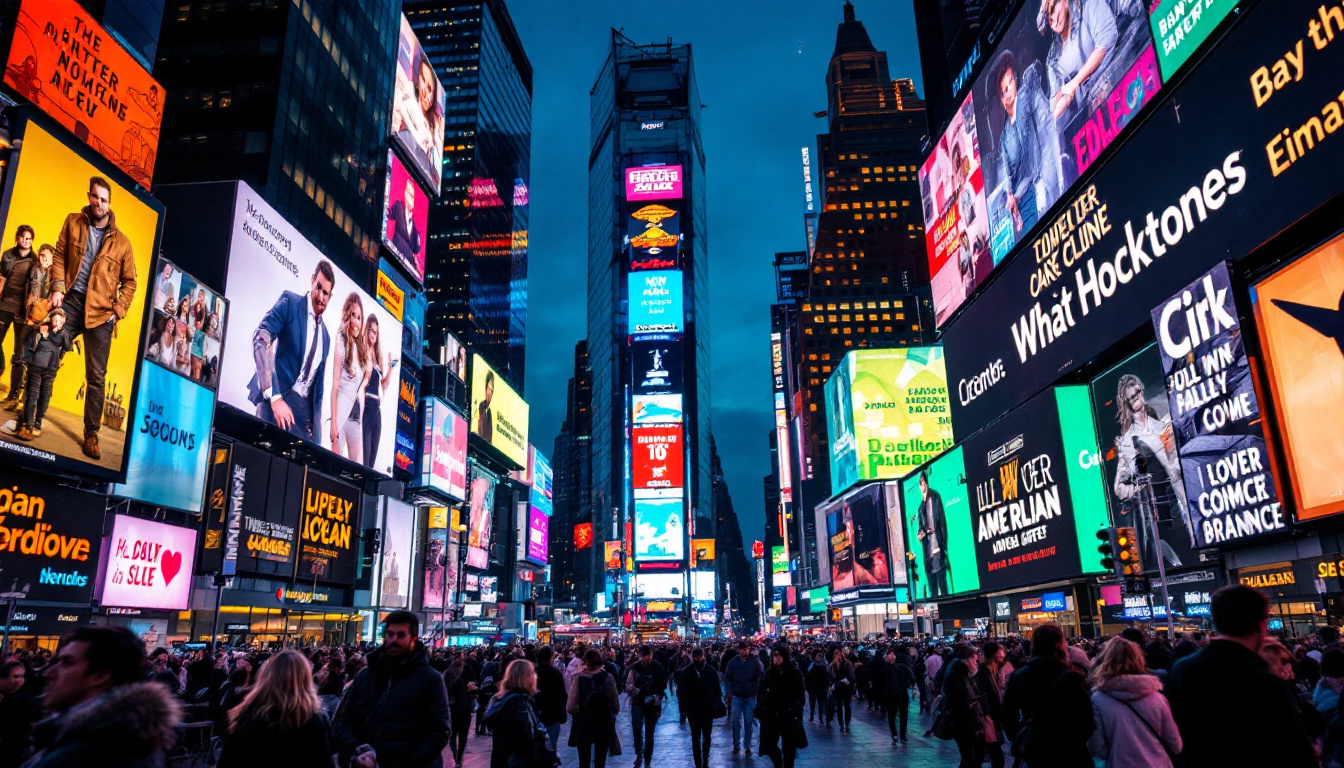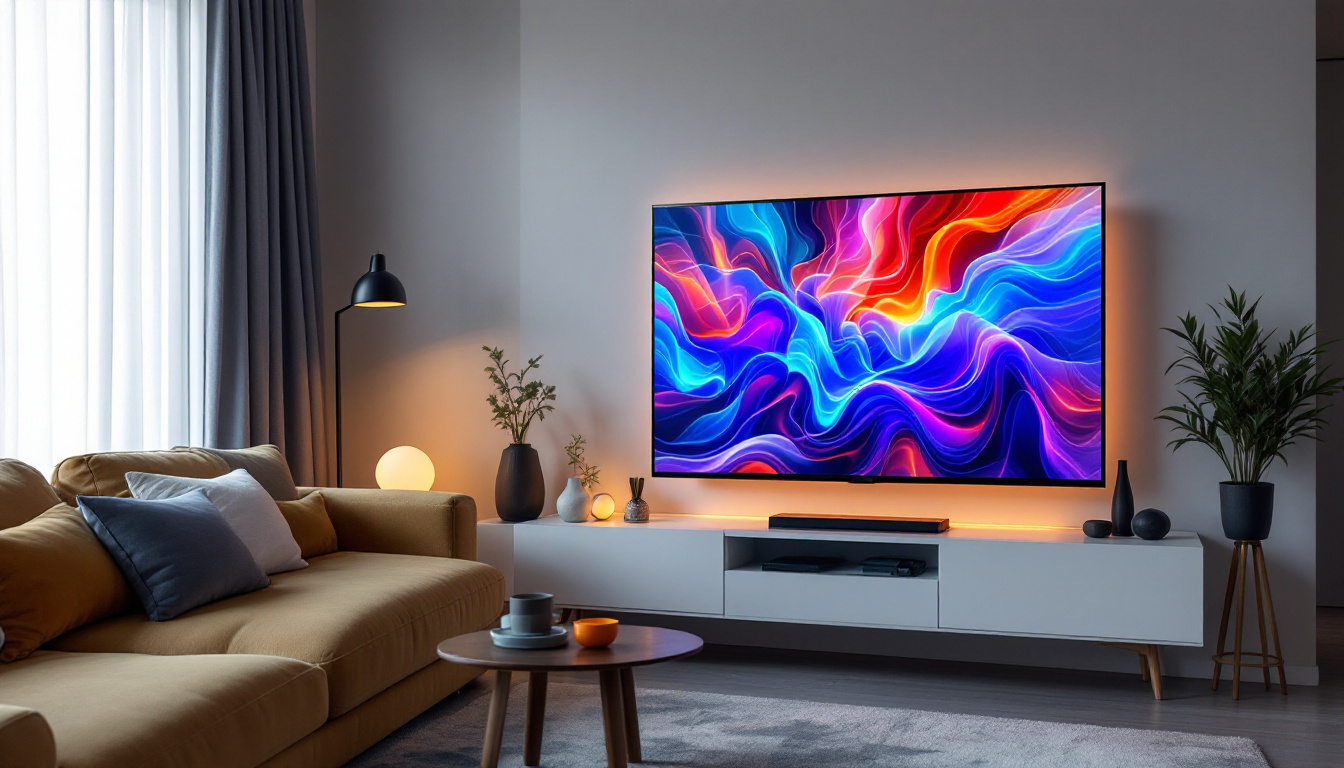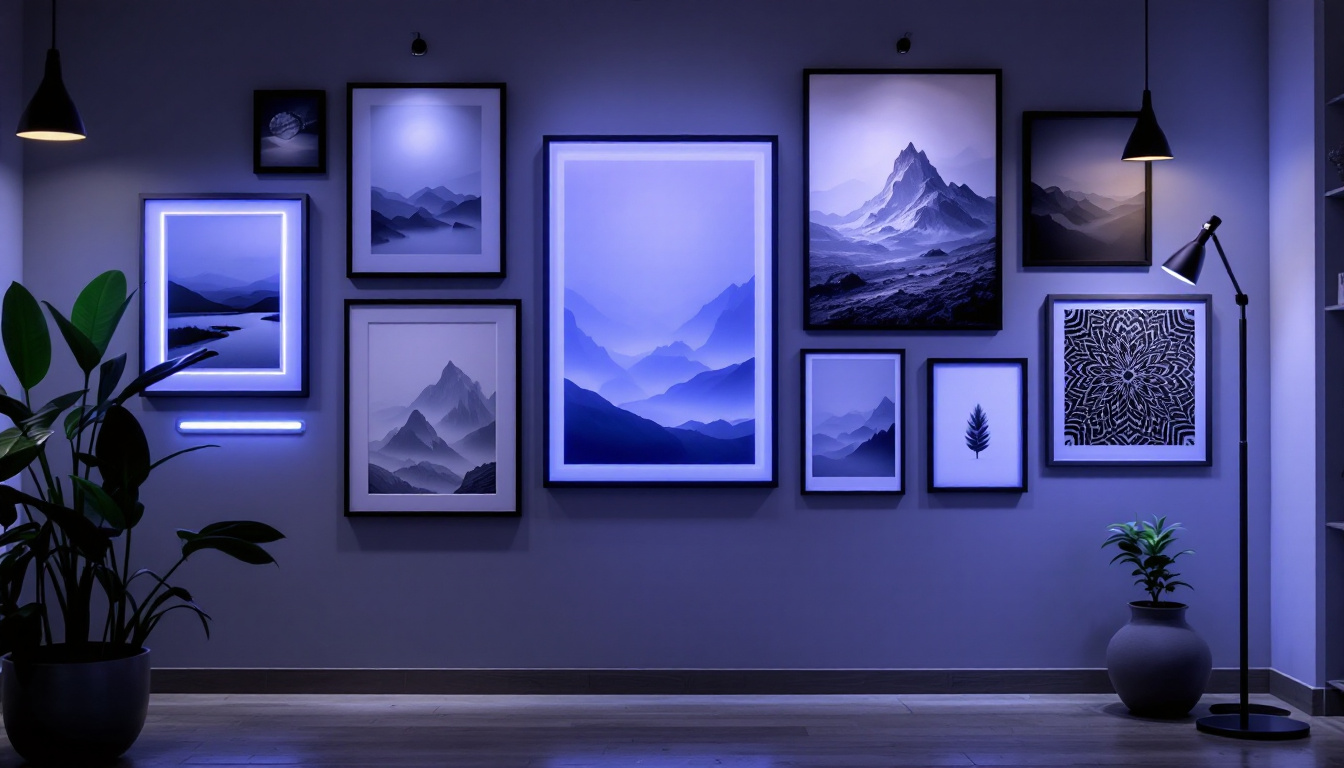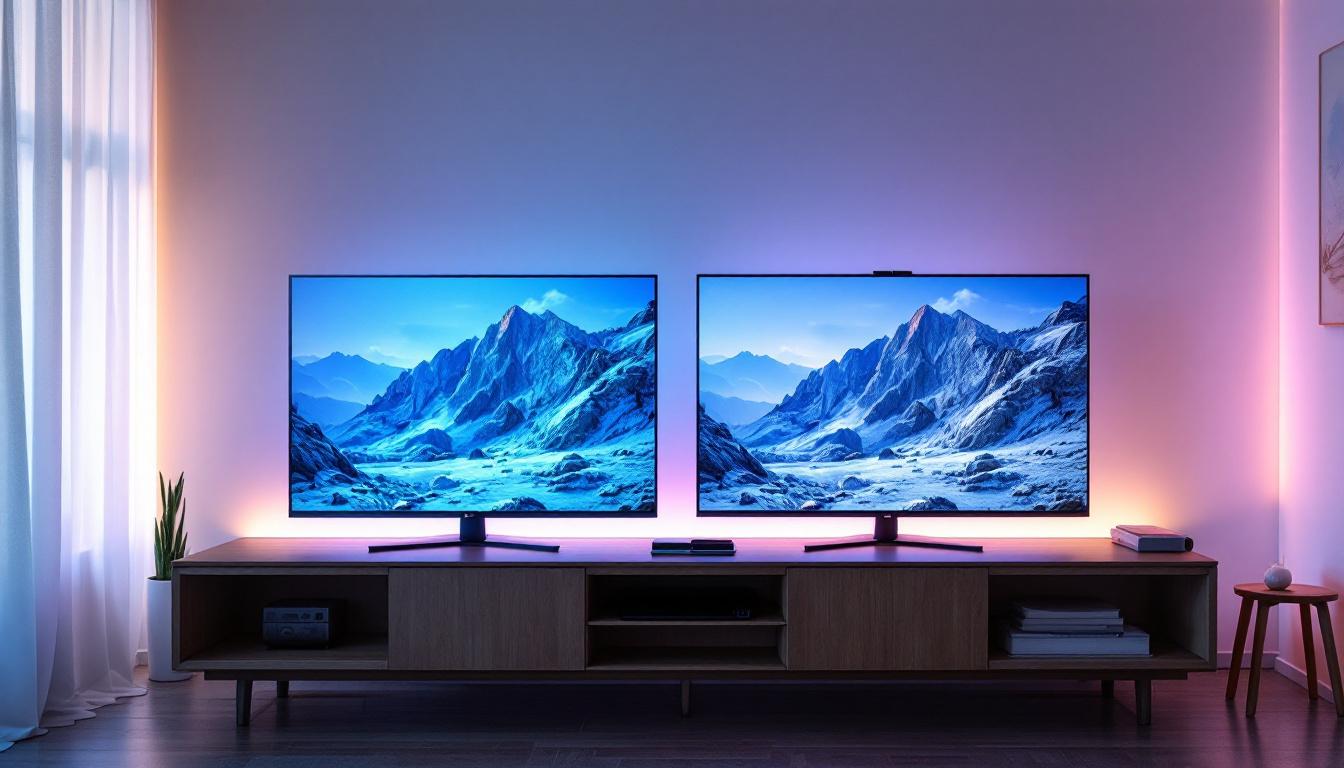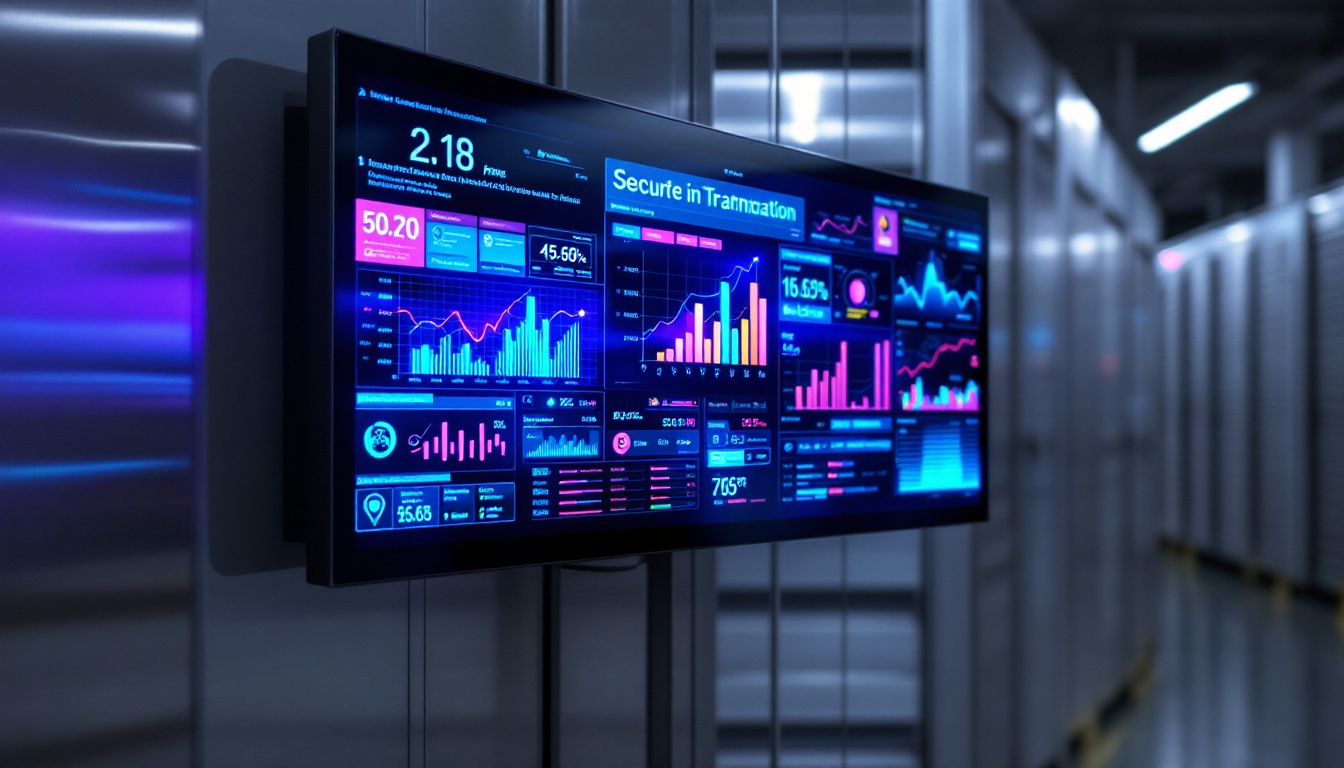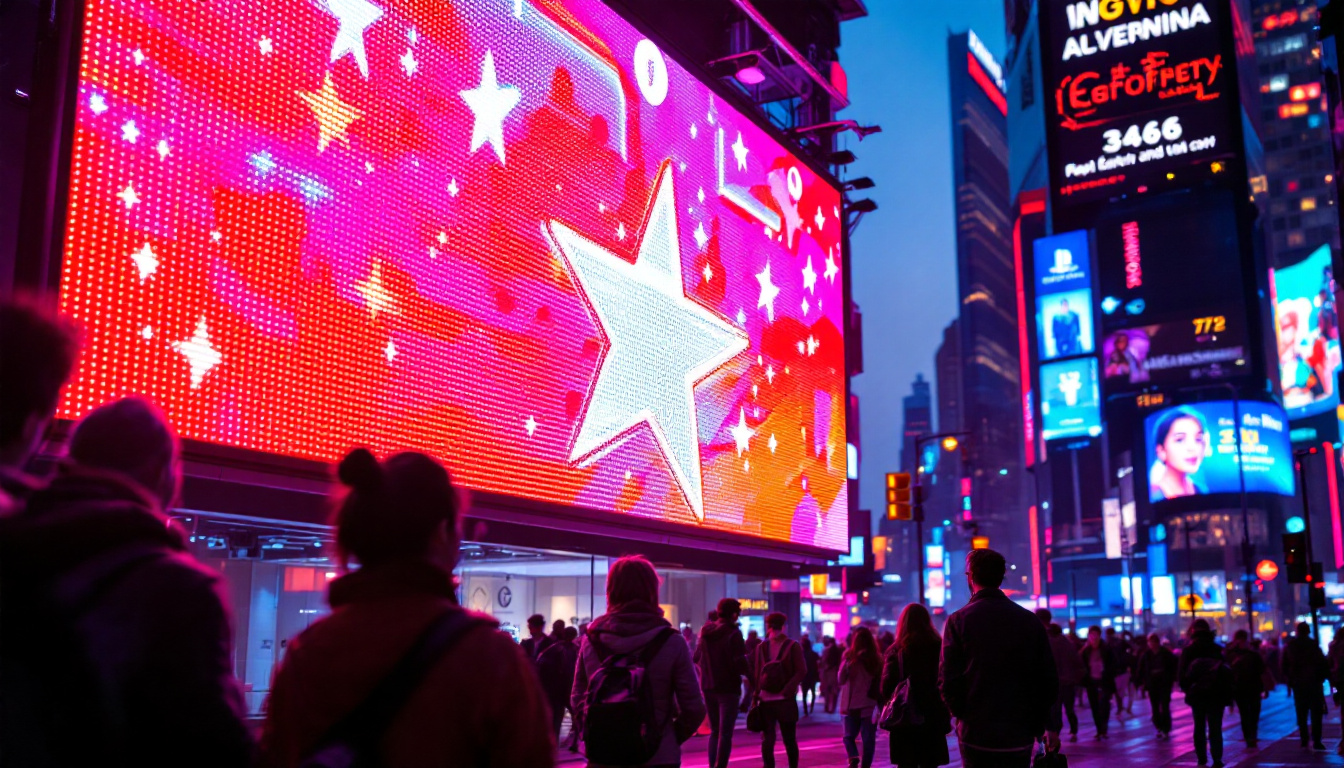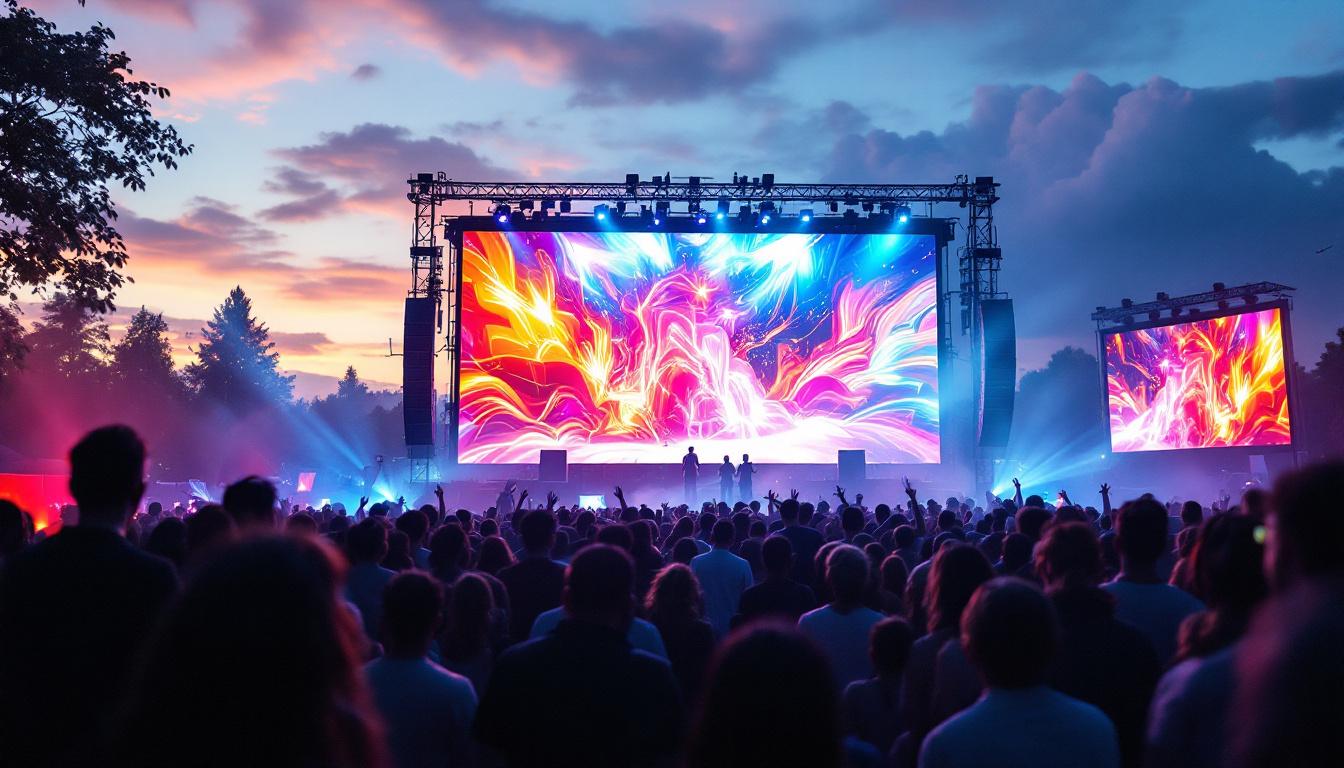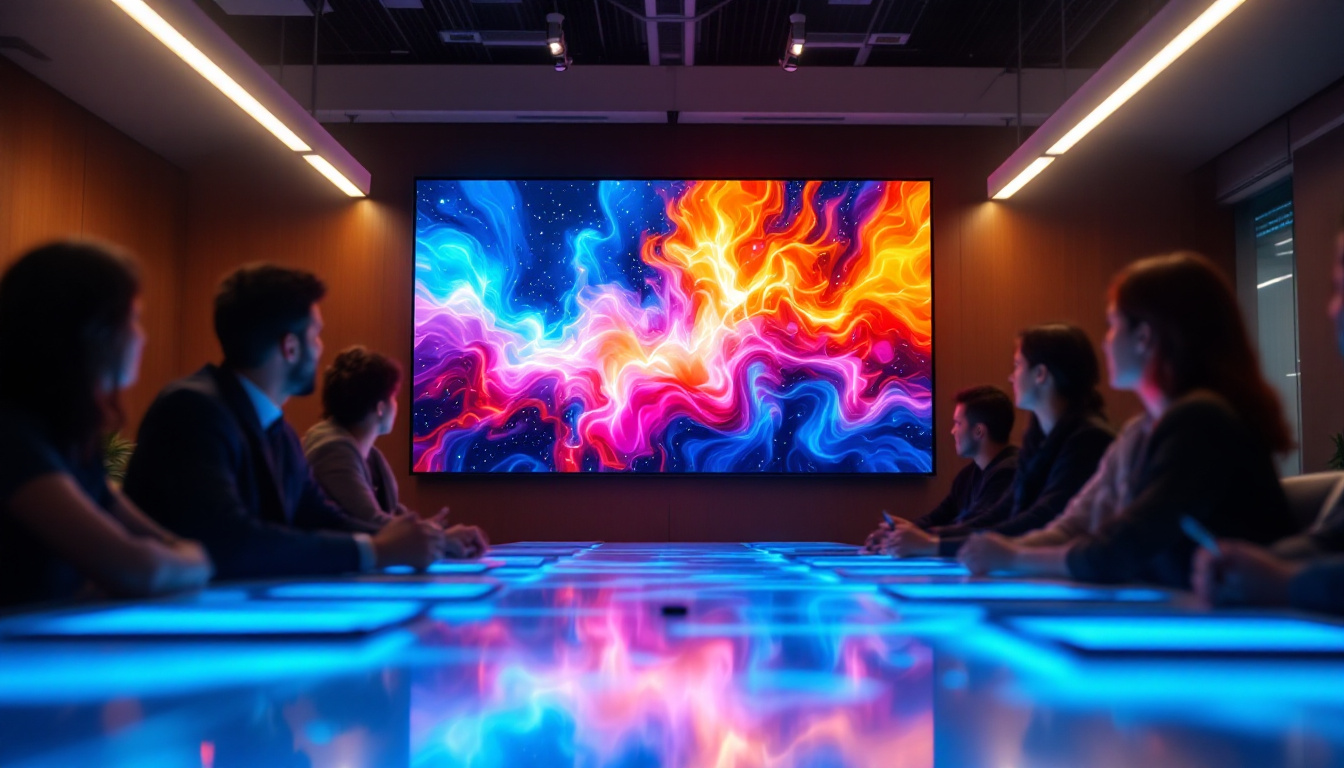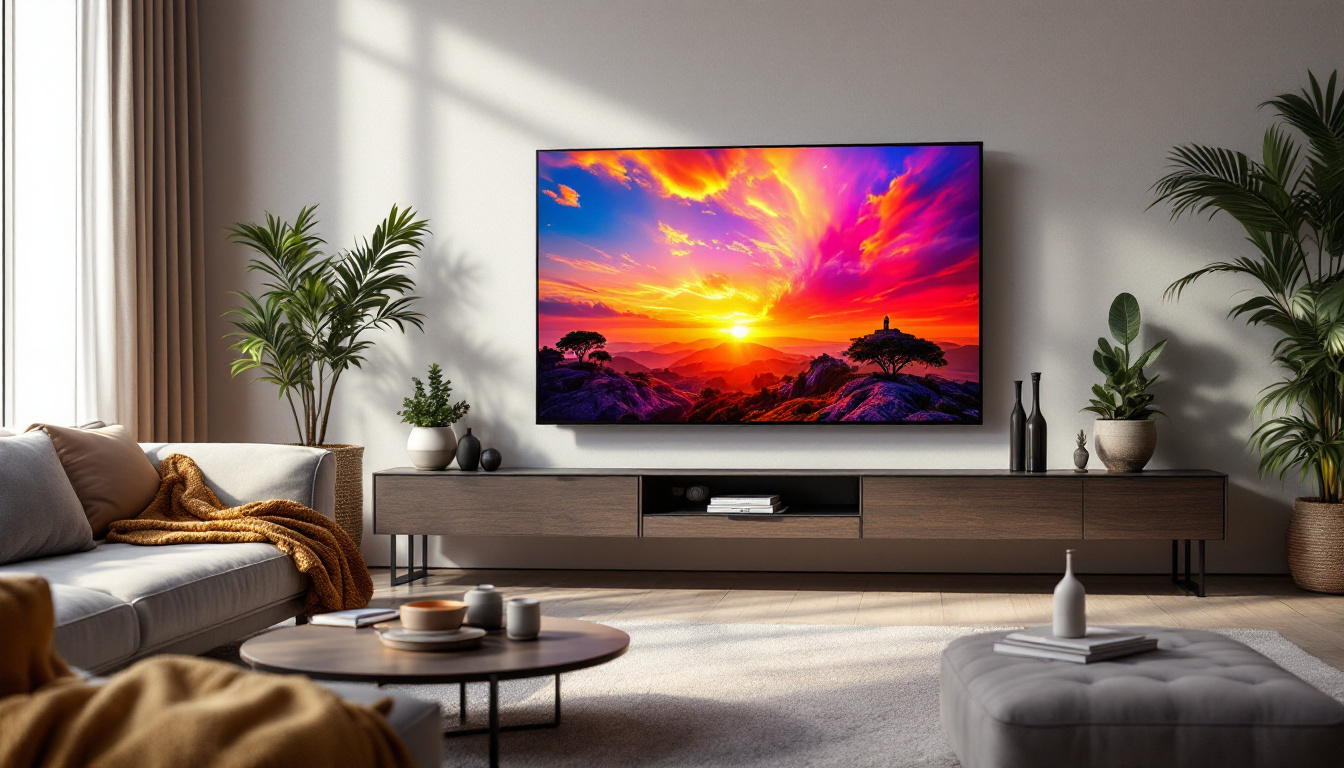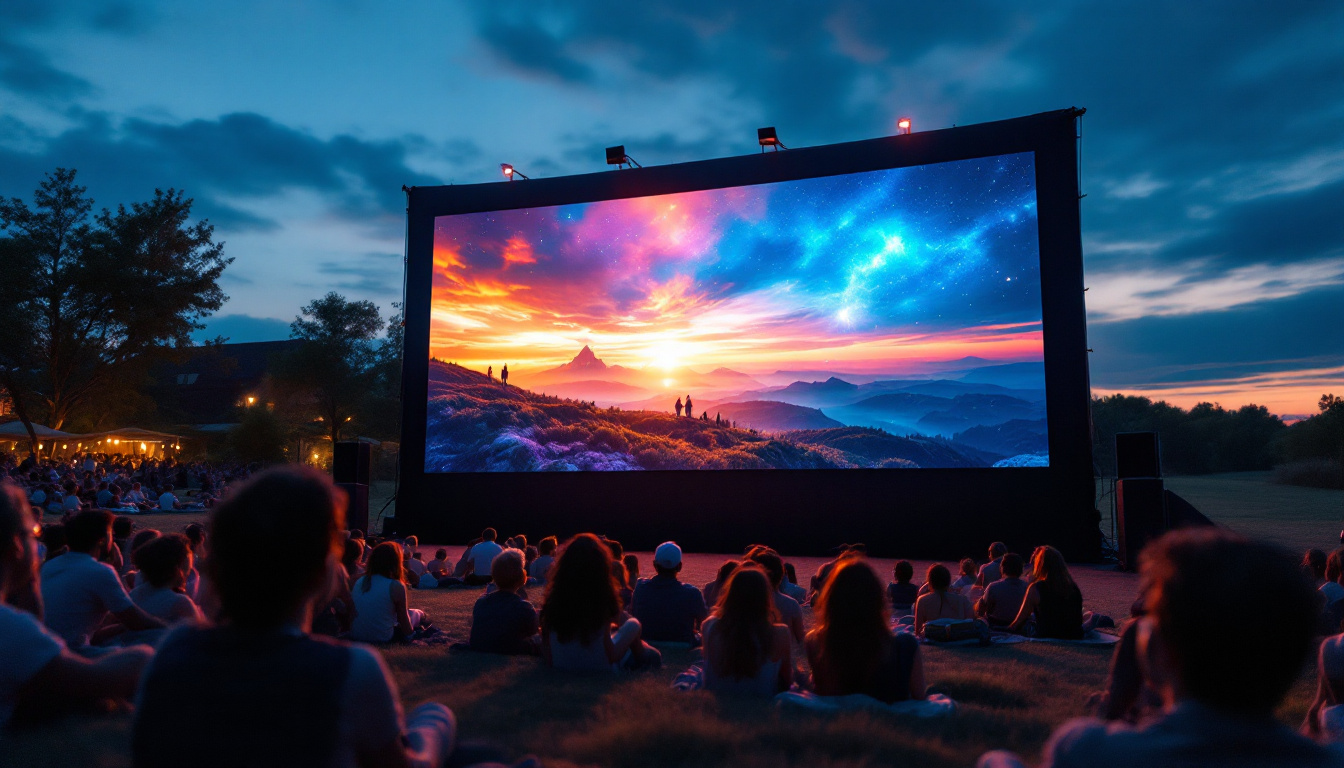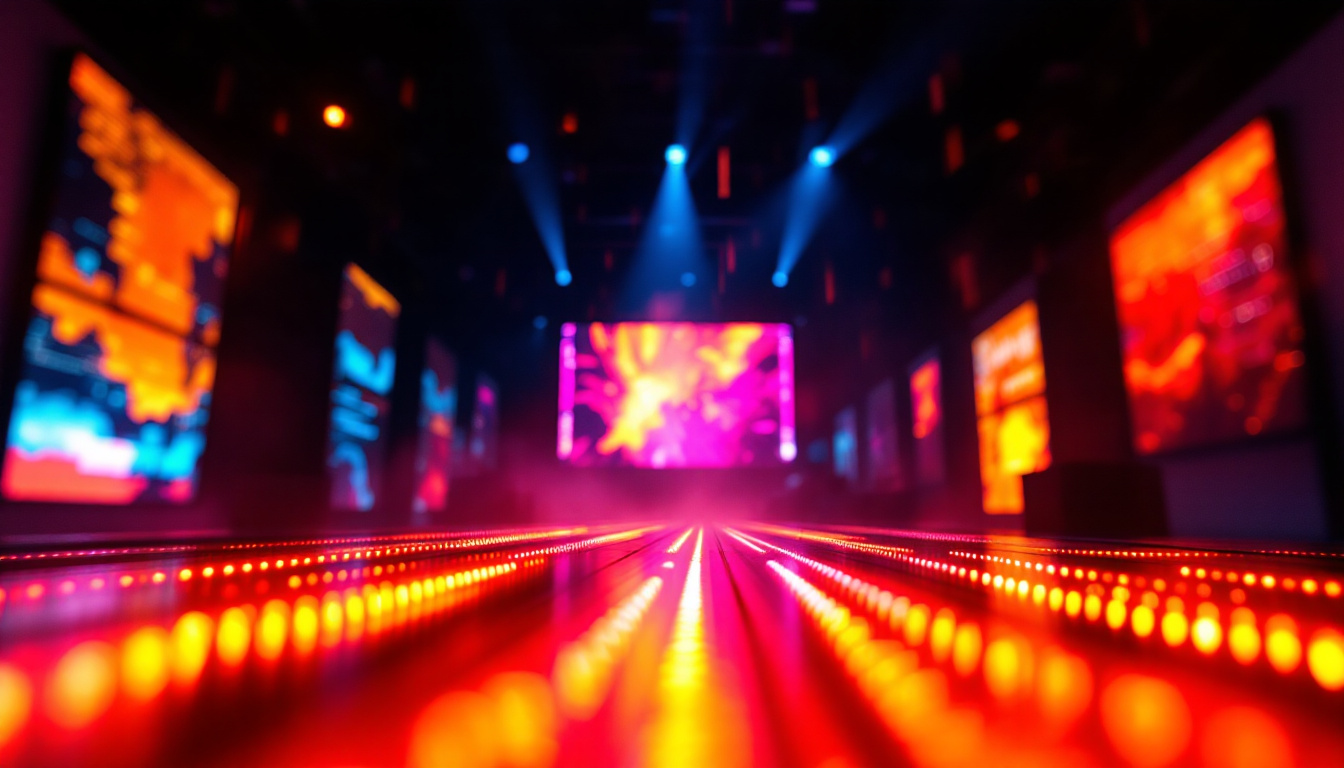The evolution of display technology has transformed the way information is presented and consumed. Among the various display technologies, LED (Light Emitting Diode) displays have gained immense popularity due to their efficiency, brightness, and versatility. This article delves into the intricacies of LED displays, focusing specifically on the Led Dot Screen Effect, which has become a defining characteristic of modern visual communication.
Understanding LED Technology
LED technology has revolutionized the world of displays, offering a range of advantages over traditional technologies like LCD and CRT. At its core, an LED display utilizes semiconductor diodes that emit light when an electric current passes through them. This simple yet effective mechanism allows for vibrant colors and high contrast ratios, making LED displays ideal for various applications.
The Basics of LED Displays
LED displays can be categorized into two main types: direct view and backlit. Direct view LED displays consist of individual LEDs that create images directly, while backlit LED displays use LEDs to illuminate an LCD panel from behind. The direct view type is often used for large screens, such as billboards and stadium displays, while backlit displays are common in televisions and computer monitors.
One of the standout features of LED displays is their ability to produce bright images with minimal energy consumption. This efficiency not only reduces operational costs but also contributes to a lower environmental impact, making LED technology a sustainable choice for modern display solutions. Furthermore, the compact size of LEDs allows for thinner and lighter designs, which is particularly advantageous in applications where space is at a premium, such as in smartphones and tablets.
Key Advantages of LED Displays
LED displays offer several advantages that contribute to their widespread adoption. Firstly, they provide superior brightness levels, making them easily visible even in bright ambient light conditions. This characteristic is particularly beneficial for outdoor advertising and public displays.
Secondly, LED technology boasts a longer lifespan compared to traditional display technologies. With proper maintenance, LED displays can last up to 100,000 hours, significantly reducing the need for frequent replacements. This longevity translates into cost savings for businesses and organizations that rely on display technology. Additionally, the durability of LED displays makes them resistant to shock and vibration, which is crucial for applications in environments that are less than ideal, such as factories or outdoor events.
Moreover, LED displays are known for their rapid response times, which allows them to display fast-moving content without blurring or ghosting. This feature is particularly important in settings like sports arenas, where real-time updates and instant replays enhance the viewer experience. The versatility of LED technology also extends to its ability to be configured in various shapes and sizes, enabling creative installations that can transform spaces and captivate audiences in ways that traditional displays cannot.
The Led Dot Screen Effect
The Led Dot Screen Effect refers to the visual appearance created by the arrangement of individual LED pixels on a display. This effect is particularly noticeable in large-scale LED screens, where the pixel density and configuration play a crucial role in the overall image quality. Understanding this effect is essential for optimizing the viewing experience.
Pixel Configuration and Density
The arrangement of pixels on an LED display can significantly impact the clarity and sharpness of the images produced. Pixel density, measured in pixels per square meter (PPI), determines how closely packed the individual LEDs are. Higher pixel density results in sharper images, while lower density can lead to a grainy appearance.
For example, outdoor LED displays often have a lower pixel density due to the viewing distance, while indoor displays require higher density to ensure clarity at closer ranges. The Led Dot Screen Effect becomes more pronounced when pixel density is optimized for the intended viewing environment, enhancing the overall visual experience. Furthermore, the layout of the pixels, whether in a grid or staggered formation, can also influence how the images are perceived. A staggered arrangement can help reduce the visibility of the individual pixels, creating a more seamless visual effect that is particularly beneficial for high-definition content.
Color and Brightness Management
Color accuracy and brightness are critical components of the Led Dot Screen Effect. Each individual LED can emit a specific color, and by combining these colors, a wide spectrum can be produced. However, achieving consistent color reproduction across the entire display can be challenging.
Advanced color management techniques, including calibration and the use of high-quality components, are essential for maintaining color fidelity. Additionally, brightness levels must be carefully controlled to prevent hotspots or uneven lighting, which can detract from the viewing experience. The integration of dynamic range adjustments allows displays to adapt to varying ambient light conditions, ensuring that colors remain vibrant and true-to-life regardless of the environment. This adaptability is particularly important in venues such as concert halls or sports arenas, where lighting conditions can change rapidly, and maintaining visual integrity is paramount for audience engagement.
Applications of LED Displays
LED displays have found applications across various industries, thanks to their versatility and effectiveness. From advertising to entertainment, the uses of LED technology are virtually limitless.
Advertising and Marketing
One of the most prominent applications of LED displays is in advertising. Digital billboards and signage utilize the Led Dot Screen Effect to capture attention and convey messages effectively. The ability to change content dynamically allows businesses to tailor their advertising strategies in real-time, enhancing engagement with their target audience.
Moreover, LED displays can be programmed to display animations and videos, making them more compelling than static advertisements. This dynamic nature not only attracts more viewers but also increases the likelihood of message retention.
Entertainment and Events
In the entertainment industry, LED displays play a crucial role in enhancing the visual experience at concerts, festivals, and sporting events. Large LED screens are often used to broadcast live performances, ensuring that even those seated far from the stage can enjoy the show.
The Led Dot Screen Effect contributes to the immersive experience by providing vibrant visuals that complement the audio. Additionally, the flexibility of LED displays allows for creative stage designs, enabling event organizers to create stunning visual backdrops that enhance the overall atmosphere.
Challenges and Considerations
While LED displays offer numerous benefits, there are also challenges that must be addressed to maximize their effectiveness. Understanding these challenges is essential for anyone considering the implementation of LED technology.
Cost and Investment
One of the primary considerations when investing in LED displays is the initial cost. High-quality LED displays can be expensive, and organizations must weigh the upfront investment against the long-term benefits. However, it is important to recognize that the longevity and energy efficiency of LED technology can lead to significant savings over time.
Additionally, the cost of installation and maintenance should also be factored into the overall investment. Proper installation is crucial for ensuring optimal performance, and regular maintenance is necessary to keep the displays functioning at their best.
Environmental Impact
While LED technology is often touted as a more environmentally friendly option compared to traditional displays, there are still considerations regarding its environmental impact. The manufacturing process of LED components can involve hazardous materials, and proper disposal of outdated displays is essential to prevent environmental contamination.
Organizations must ensure that they are sourcing LED displays from reputable manufacturers who adhere to environmental regulations. Additionally, recycling programs should be established to manage the disposal of old displays responsibly.
Future Trends in LED Display Technology
The future of LED display technology is bright, with ongoing advancements poised to enhance performance and expand applications. As technology continues to evolve, several trends are emerging that will shape the future of LED displays.
MicroLED and MiniLED Technology
MicroLED and MiniLED technologies represent the next generation of LED displays. MicroLED displays utilize tiny individual LEDs to create images, offering superior brightness, contrast, and color accuracy. This technology has the potential to revolutionize consumer electronics, particularly in televisions and mobile devices.
MiniLED technology, on the other hand, enhances traditional LED displays by using smaller LEDs for backlighting. This results in improved contrast ratios and better control over local dimming, leading to enhanced image quality. As these technologies become more mainstream, they are expected to drive further innovation in the display industry.
Integration with Smart Technology
As the world becomes increasingly interconnected, the integration of LED displays with smart technology is becoming more prevalent. Smart LED displays can be connected to the internet, allowing for real-time content updates and interactive features.
This integration opens up new possibilities for advertising, event management, and information dissemination. For instance, smart displays can adapt their content based on audience demographics or environmental conditions, creating a more personalized experience for viewers.
Conclusion
The Led Dot Screen Effect is a testament to the advancements in LED display technology, showcasing the potential for vibrant and engaging visual communication. As industries continue to embrace this technology, understanding the nuances of LED displays will be crucial for optimizing their effectiveness.
From advertising to entertainment, LED displays are reshaping the way information is conveyed. While challenges exist, the benefits of LED technology far outweigh the drawbacks, making it a compelling choice for businesses and organizations alike. As the future unfolds, innovations in LED technology will undoubtedly continue to enhance the visual landscape, providing new opportunities for creativity and engagement.
In summary, the Led Dot Screen Effect serves as a reminder of the transformative power of LED displays, highlighting their role in shaping the future of visual communication. With ongoing advancements and a commitment to sustainability, LED technology is set to illuminate the way forward.
Illuminate Your Space with LumenMatrix
Ready to elevate your visual communication with the transformative power of LED displays? LumenMatrix is at the forefront of LED display innovation, offering a wide array of solutions to meet your unique needs. Whether you’re looking to captivate your audience with an Indoor LED Wall Display, make a statement with an Outdoor LED Wall Display, or drive engagement with a Custom LED Display, LumenMatrix has the technology to bring your vision to life. Experience the vibrant and engaging Led Dot Screen Effect with our cutting-edge displays. Check out LumenMatrix LED Display Solutions today and see how we can help you share your message with impact and clarity.

